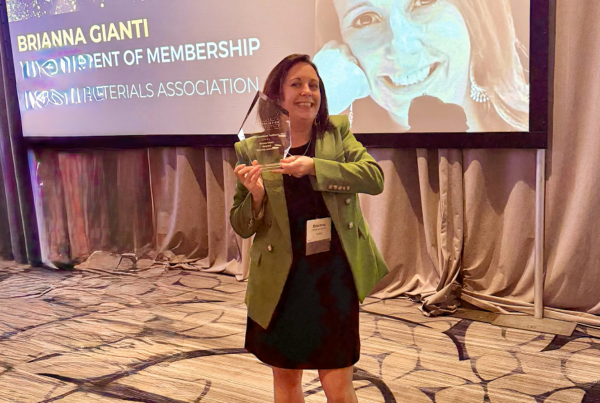In October 2023, the Recycled Materials Association (ReMA) launched a new resource to help reduce confusion on the part of brands, packaging and product manufacturers and designers, regarding the ease that fiber-based packaging that can or cannot flow through the current U.S. residential recycling infrastructure, given pressure points in the current recycling system. The Fiber Recycling Readiness Tool (Tool) is a research-based online resource developed by the association that assesses the compatibility of typical consumer fiber-based packaging that people use every day with the current U.S. residential recycling system.
The tool is based on industry expert knowledge, including a comprehensive ReMA-commissioned Moore & Associates study on the current material recovery facility (MRF) infrastructure across the U.S. This tool captures the package design, collection, processing, and end use market in one resource.
ReMA News had the opportunity to sit down with Bret Biggers, ReMA’s senior economist, to discuss how the tool can help brands test fiber-based packages’ ability to flow through current recycling infrastructure.
How does the Tool benefit recyclers and the industry?
It benefits the recycled materials industry in several ways. Not only does it increase the volume of recyclable materials and decrease contamination at MRFs, but it also increases the quality of the bale sent to consuming mills and meets the increased demand we’re seeing for recycled fiber.
What was the purpose behind creating the Tool? What did the process look like?
Brands have expressed their desire to convert current packaging materials into fiber-based packaging. One important feature of the packaging is for it to flow through the current U.S. residential recycling infrastructure. This impacts the complete lifecycle of packaging —design, collection, processing, and use in making new products. Because of the magnitude of change to fiber-based packaging, ReMA created the Fiber Recycling Readiness Tool (Tool)(fiberrrt.org) to meet the industry’s need.
The methodology is based on the ReMA Board of Directors-approved definition of recyclable materials, which is “a previously used material that can be processed into specification-grade commodity for which a market exists.”
The process began with a study of the current U.S. residential recycling system and the likelihood of materials flowing through the system without posing known challenges for that system. A working group and an executive committee working group were formed to discuss issues with the Tool’s development. As this process started during COVID, all meetings were virtual and remained that way except for one or two in-person meetings. Outside association advisors were kept up to date and their feedback and input were sought throughout its development. ReMA’s Brands Leadership Council reviewed the Tool and provided input, testing some of their existing packaging types to confirm the validity of the Tool’s logic.
The website notes that the Tool is a living document. Can you tell me more about that?
The living document means that review of the current U.S. residential recycling infrastructure is ongoing. The working group plans to meet a couple times a year, or more as needed, to discuss issues affecting the Tool, accessing its functionality and validity.
One example is with recent innovations with coatings and adhesives, the working group plans to discuss these developments and review how it may affect the Tool. If the working group decides changes are needed, then that will be done so that the Tool continues to reflect the current U.S. residential recycling infrastructure.
The working group will also decide when the best time to conduct another study on MRF’s capabilities and the recycling process. This oversight and willingness to update the Tool makes it a dynamic and trusted resource for stakeholders in the recycled materials industry.
How does the Tool promote circularity and sustainability in the industry?
The Tool provides brands and packaging designers with a resource to assess whether their packaging will flow through the current U.S. residential recycling infrastructure while the packaging is in development. This could potentially save money, time to market, and consumer acceptance. It indicates the likelihood that the packaging’s materials can be used again. We made the Tool free and open to anyone, so users can run as many different versions of a design as they would like through the Tool during their design process.
Using recycled fiber, compared to primary fiber, reduces energy consumption, and lowers greenhouse gas emissions.
What are major takeaways users should know when using the Tool?
We hope users will recognize that this is a private industry initiative that’s been market tested and is reflective of the current U.S. residential recycling infrastructure. It also incorporates the four phases of recycling: packaging design, collection, processing, and end-use market. The recycled materials industry is dynamic, and the Tool will change to reflect innovations and market forces.









